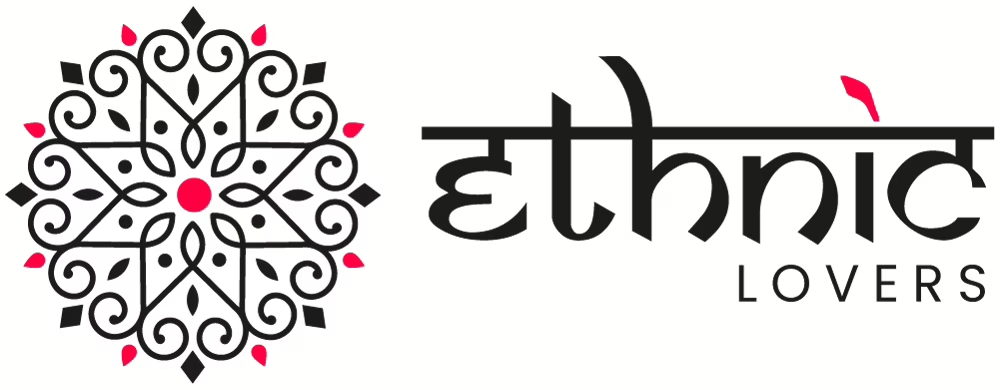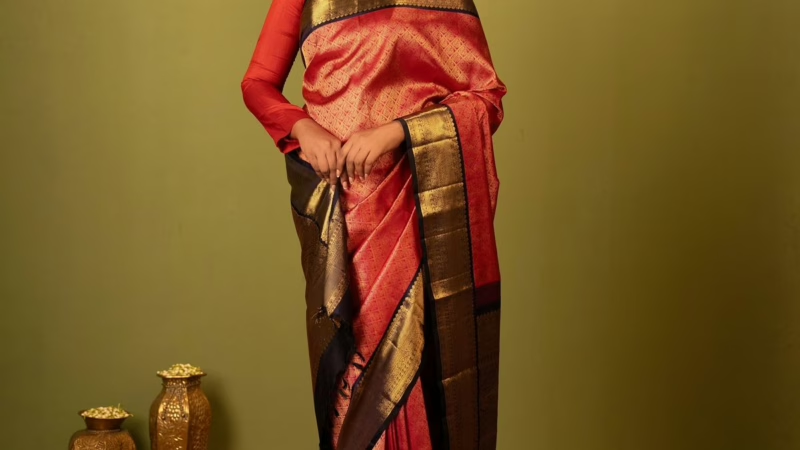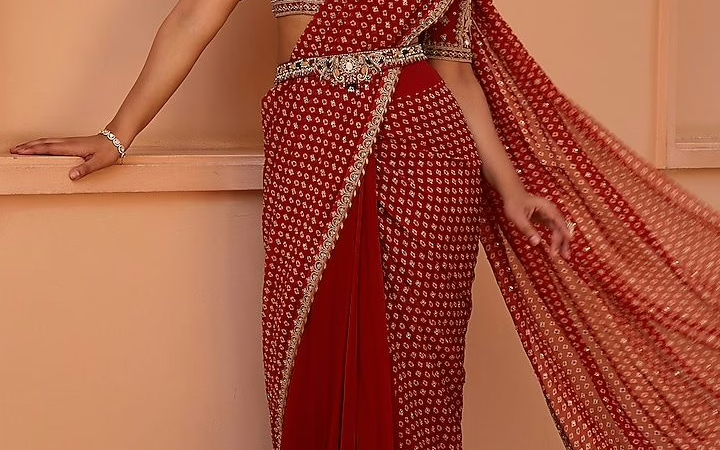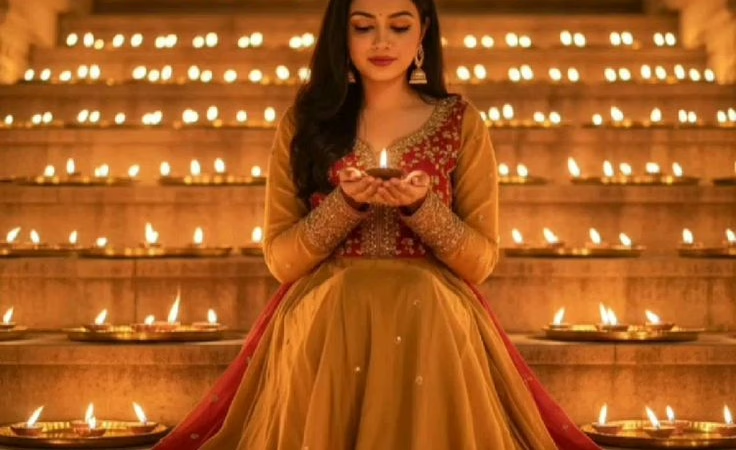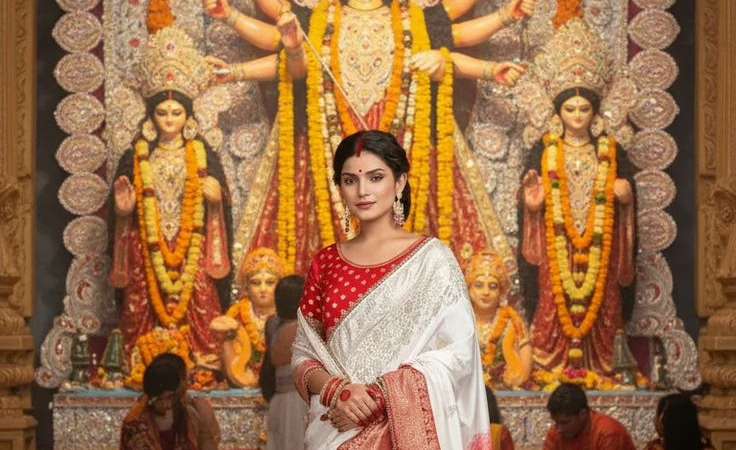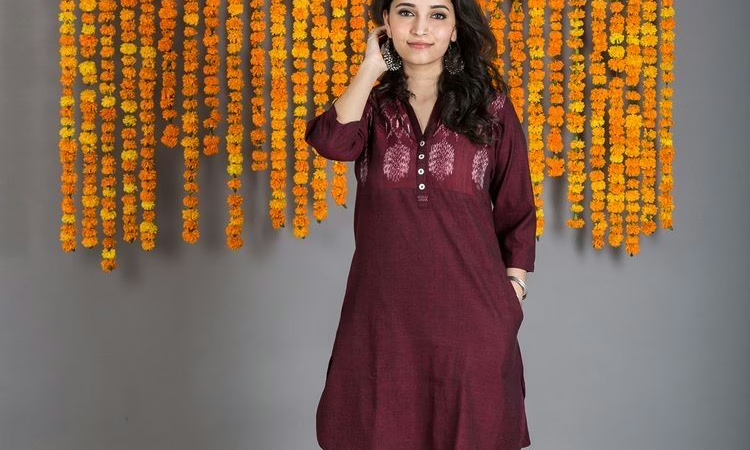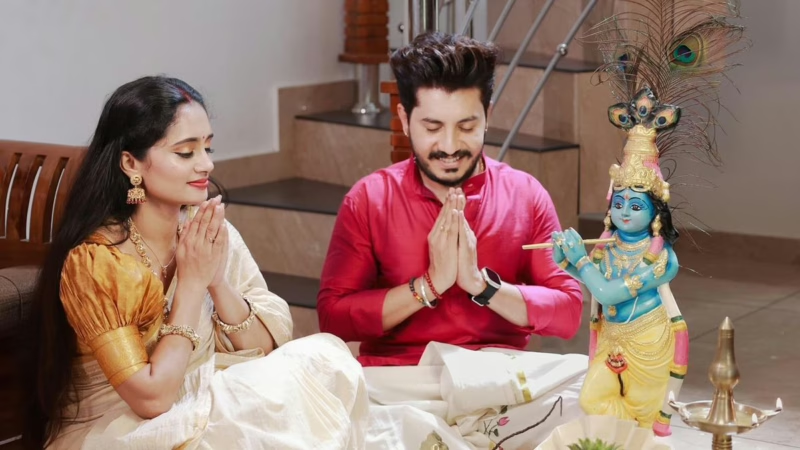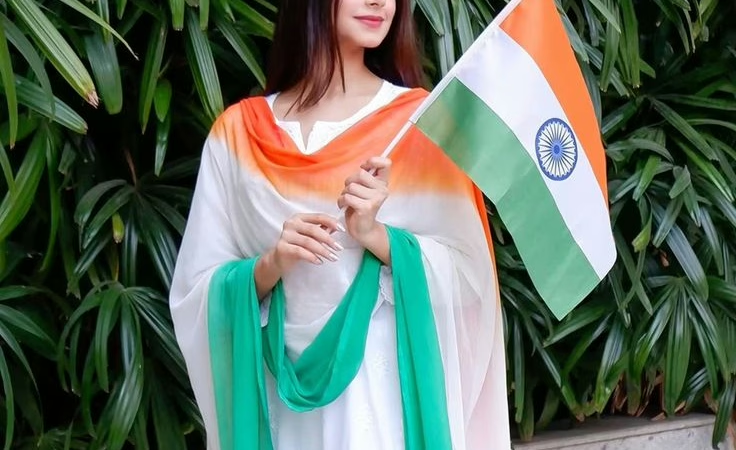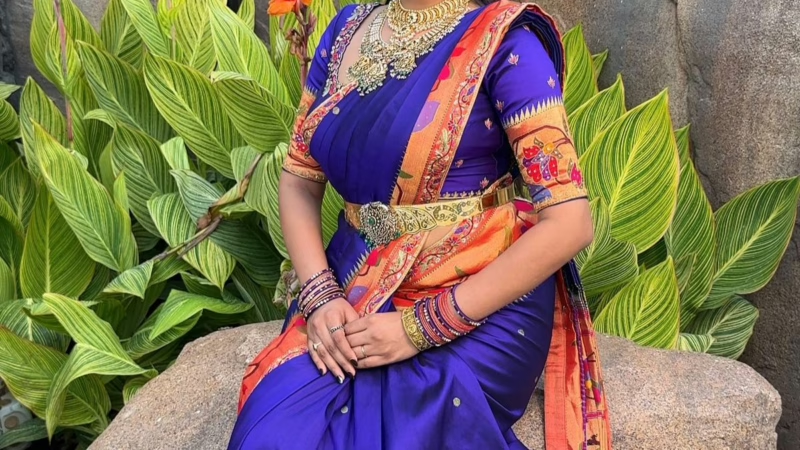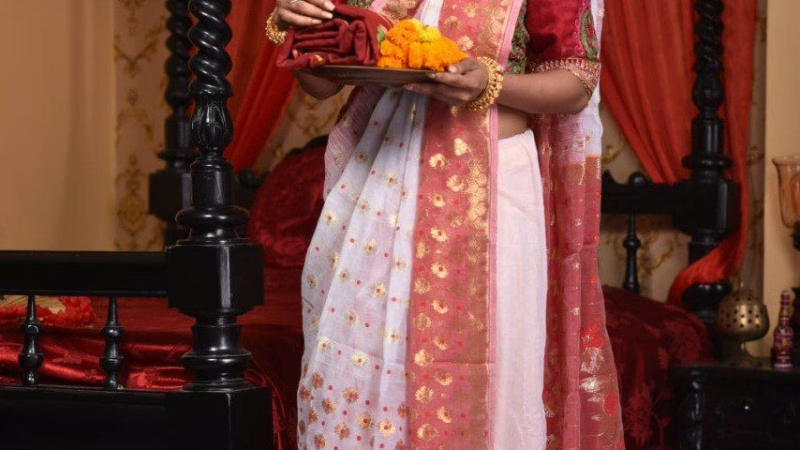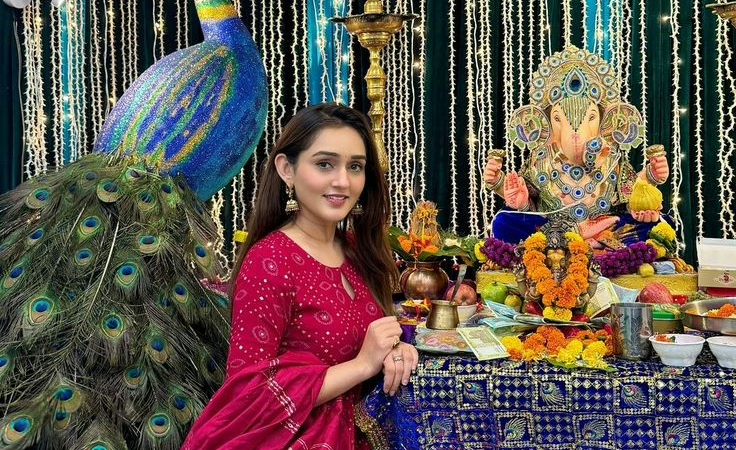Silk sarees are the epitome of classical grace and Indian ethnicity; all rolled into one. They are timeless — evoking royalty and elegance in every woman who chooses to drape them with pride. Be it a Patola, Banarasi, or Kanjeevaram,…
Sarees have always been the ultimate symbol of sophistication and grace—timeless, elegant, and effortlessly stylish. But let’s face it, for today’s modern Indian woman, draping six yards of fabric perfectly can feel like a full-fledged battle. From managing the endless pleats and securing stubborn pins to worrying about accidental slips—it often turns into a mini melodrama before you even step out!
Picking the perfect Diwali outfit — sounds easy, right? But every woman knows it’s not! The question “What should I wear?” starts playing in your mind the moment you wake up. Between finding the right outfit, pairing it with the perfect accessories, and deciding whether to stick to traditional looks or show off your personal style — the struggle is real!
Durga Puja is the time to revamp your wardrobe with new clothes, out of which the saree finds a special place.
In this post, we’ll walk you through what saree to wear on each day of the puja with its meaning. So, you won’t only look gorgeous but also have a deep connection to the saree you wear during the festivities.
Indian ethnic wear is timeless, stylish, and elegant. However, when it comes to dressing right as a short woman, there are several mistakes you might unintentionally do while wearing them to functions and events. Though, this might seem innocent, a wrong styling accessory can actually ruin the charm of your outfit. In today’s post, we’ve brought the top mistakes short women tend to do innocently while wearing Indian ethnic wear
anmasthami is just around the corner (16th August 2025), so it’s high time we plan on what to wear for the midnight puja, Ras Leela, Dahi Handi, and more. Janmasthami 2025 is ushering a new wave of eye-catching style trends deeply rooted in tradition infused with modernity. Whether you decide to do a temple visit or host a private puja at home, this Janmashtami style guide will ensure you look your divine best for all the functions you attend.
In today’s post, we’re bringing to you the latest Independence day outfit ideas for men and women. The following are the top 3 amazing looks that integrate patriotism, style, and comfort- ideal for 15th August 2025 celebrations.
The history of Paithani Sarees is traced back to the Satvahana Dynasty of the 2nd Century BC. At that time, the saree was made of pure gold wire with cotton and silk. 2000 years ago, the Greco- Romans were very fond of Paithani sarees and they exchanged it for gold. It was worn only by the royals.
Whether you’re someone who finds comfort in the soft, understated beauty of a simple Tant or Dhakai Jamdani, or a bold spirit who loves the rich vibrancy of Baluchari or Garad, Bengal’s beautiful sarees have the power to match every mood and mindset. Here, every pallu and pleat allow your personality to shine — naturally, confidently, and beautifully. Today’s post explores 10 beautiful sarees from West Bengal that you must have in your closet.
Ganesh Chaturthi 2025 is just around the corner, and its high time you start planning what to do and wear to welcome India’s beloved “harbinger of new beginnings”. Lord Ganesh is synonymous with prosperity, wisdom and ethnicity in the country and a 10-day long celebration Pan-India specially in Maharashtra, Andhra Pradesh, and Telangana marks the grand arrival of revered Lord in style!
